The life of the dinosaurs in the triassic and jurassic and chalk ( 16 hours in writing )
Good morning steemit & followers & friends Today I am happy to write about the life of the dinosaurs in the triassic and jurassic and chalk Writing took too long
Dinosaurs dominated
The earth was about one hundred million years ago, when the earth was one big continent called Pangaea, and when the living quarters were limited and there were no mammals or birds yet, and as it lived and prevailed the earth disappeared completely from the scene of life and left no Scientists have developed a range of theories, such as comets theory or environmental disasters such as volcanoes or glacial disasters such as in the ice ages, changes in the oxygen rate, or change in the salinity of the seas and oceans. , And this The reasons are believed to have contributed significantly to the Earth's climate change, but the most accepted and powerful theory remains the theory of comets
The emergence of dinosaurs in the middle life era which is divided into
The Triassic, Jurassic, and Cretaceous periods, and when they appeared in the Triassic period, were small in size and measured from one to three meters in length. Their size continued to increase during the Jurassic period, the Golden Age of the Dinosaurs, up to seven meters in length with a large body resembling elephants, Giant tree branches and an enormous tail, and circled types of dinosaurs deep into the seas and oceans
The dinosaurs dominated the land, the water and the sky. Although most species of dinosaurs, although large in size, were herbivores, few were eaten For meat
The Triassic Age
At the beginning of the Triassic period, approximately 248 million years ago, there was a great extinction. This extinction was the largest, about 95% of all the species and about 60% of the species had been killed, including many
Of marine life. The extinction of the Permian period was the result of an ice age and volcanic eruptions or decreases in the continental regions during the period of the formation of the continent of Pangaea This massive extinction and reorganization of the continent opened the way for the rise of dinosaurs and mammals in the era that followed. There were no dinosaurs at the beginning of the Triassic period, but there were many amphibians and some
Reptiles. During the early and early days, coral and some marine forms recovered from the Permian extinction. In the late Triassic period 220 million years ago, the first real mammals appeared, and some scientists believe that mammals evolved from a group of extinct extinct extruded reptiles. These early mammals were very small and thought to be nighttime.
Turtles, frogs, sanders, lizards, and snakes appeared, and the insects began to pass through the larvae through the cocoon to puberty. In the sea, marine reptiles appeared. The seedless ferns and early seedless seeds dominated the ground, stiff leaves resembling palm leaves and a wooden trunk that appeared in the late , Were abundant during the Triassic period, in the continent of controlled by conifers, plants, ferns and other plants with seeds. The climate in the Triassic period was warm and dry with a strong change in the seasons. The continent forms the giant Pangaea
At the beginning of the Triassic period, 220 million years ago, a decrease in the size of the beaches, the shape of the mountains and the creation of the giant continent was dry in desert-like terraces. The polar regions were wet and moderate. At the end of the Triassic period, the Triassic period ended with mass extinction accompanied by huge volcanic eruptions 213
Million years ago, the giant continent Pangaea began to disintegrate. About 35% of animal species, including amphibians and almost all marine reptiles, were extinct. Most of the reptiles that dominated during the Permian and early Triassic times were extinct except for mammals, and most primitive dinosaurs were also extinct,
The most adaptive dinosaurs evolved during the Jurassic period
Life of the Triassic Age
In the middle of the Triassic period dinosaurs evolved, and were
The first dinosaurs were small in size and had a relatively small structure. They were mostly about three to four and a half meters tall, some of them carnivores, some of them carnivores, and the bony animal was very thin and fas
The Triassic Dinosaurs
Eoraptor
One of the early dinosaurs, lived in the late Triassic period about 228 million years ago.
A small dinosaur walking on two legs, about a meter long, with a hollow, long-haired body with dozens of small sharp teeth, and five fingers, but two fingers were too small.
His fossils were found in Argentina in South America in the Basin. This area was a river valley during the late Triassic period but is now dry and arid desert
Dilophosaurus
Two-footed agile and fast walking on legs, carnivore, lived during the early Jurassic era.
It is about six meters long and weighs about three hundred to four hundred and fifty kilograms.
He had a two-legged short crown with three fingers, and strong legs with four fingers. One of them was conical, both hands and feet had claws, and his neck was curved.
Lived about 201 to 189 million years ago, during the early Jurassic and Late Triassic periods, this dinosaur may be transported in groups, where three models were found together in the Arizona area of the United States.
He was a meat eater, a free and fluent jaw that helped dead animals with strong teeth, and was killed with his clawed legs and arms. It was said that he had been killed on the corpses. He walked on two legs and was relatively fast, leaving traces of birdlike movement on the ground , And some of its effects
The fossil was raised to its rear claw, which may indicate that it may have been walking in the water at that time. Its leg length was about 165 centimeters and the length of the one step was about 213 centimeters.
His fossils were discovered and the first skeleton was in Arizona, United States of America in the 1940s. There are three other fossils found in the United States of America in Arizona, and there is also another model found in China
Lesothosaurus
One of the first dinosaurs, small in size, was intelligent animals (studying the proportion of brain size to body weight)
The enemy is very fast. Lizard-like, about four feet long, but walking on long legs, with two short hands, five fingers each, long pointed tail, flexible neck, small short head and large eyes.
He was a herbivore, with sharp teeth that could grind the harsh plant fibers that he ate. His front teeth were pointed and sharp and the side teeth were like arrows, but the end of his lower jaw was toothless.
He lived in the dry and warm plains that are now south of the African continent, and existed in the late Triassic and early Jurassic times, almost 208 to 200 million years ago.
His fossils were found in Lesotho, South Africa. Many of the teeth were found close to the fossils, but they were deep. Scientists believe that these fossils may have died during their dormant period to escape the hotest months of the year. .
Gerrothorax
An amphibian mammal that lived during the late Triassic period more than 200 million years ago. It was about a meter long, flat-bodied, with a short, broad head, small and close eyes, and small posterior limbs with a small tail.
He had three pairs of gills throughout his life, so he managed to live in the water, even if he was an adult, and his color was unknown. He was eaten meat and probably eaten fish. His fossils were found in Sweden, living in streams and lakes
Mussaurus
Of the earliest small dinosaurs, skeletons found were still young, about 18 to 37 centimeters in length, the smallest dinosaur structures ever found, and the length of the dinosaur, which is about three meters long and weighs about 120 kilograms, A long neck, a long tail and a small head with a long mouth, supported by a large five fingers with a large claw in his thumb and smaller claws in the other fingers, his rear legs were larger than his front legs. He lived about 215 million years ago, during the late Triassic, The desert
Is now southern Argentina in South America.
This dinosaur may have been gathered in herds, possibly from animals that migrated seasonally through arid and dry regions of Europe during the late Triassic period, but this is not certain. A dinosaur ate plants, and was probably able to stand on its rear legs to graze on
Long plants like conifers, sharp teeth gave him the opportunity to tear the leaves hard in plants,
The very small stones and pebbles may swallow up to help digest the hard leaves and other plant materials that they eat, and these stones help to grind food in the stomach.
Being primitive, they were less intelligent than dinosaurs (comparing brain size to weight).
He was able to run on four legs also. He had short claws on her front and rear ends, her teeth flat and weak, and those weak defenses were ineffective against the bigger predators, and his best defense was to escape.
Parts of its fossils and skulls were discovered, as well as fossilized eggs, about one inch long (about 2.5 centimeters) in Santa Cruz, Argentina
Massospondylus
Massospondylus, an herbivore of about four meters long, has a long neck and a very long tail with a small head, big teeth and resembles a wedge, and is condemned with five fingers and a large grapefruit.
He was able to use his hand to catch in addition to walking, his rear legs were slightly larger than her front legs, and he was a very common dinosaur.
He lived around in the period 205 to 194 million years ago, during the early Jurassic and Late Triassic times.
As a plant, swallow stones and small pebbles to help digest hard leaves and any other plant materials that you eat. The stones were helping to grind food in the stomach.
He walked on four muscular legs and was relatively fast, and may have been on both legs.
He found fossils in South Africa, much of his fossils found in Africa in Namibia, Zimbabwe and South Africa as well as in North America.
By studying the intelligence of this dinosaur (comparing brain size to weight), it was the least intelligent among dinosaurs
Proganochelys
The oldest species of turtles, dating back to the late Triassic period, evolved about 210 million years ago, shortly before the development of dinosaurs and mammals. It was about 60 centimeters long, had a shell, eaten both plants and meat, had no teeth,
A large opening of his ear, protective spines in the neck that he can not pull inside for protection, and probably he could not pull his other limbs into the shell for protection (like later turtles). He had a relatively long tail with bone thorns and a heuristic tail.
He lived near ponds and other sources of water, but he was basically a land animal and not a water animal.
Found fossils found in Germany and Thailand.
Procompsognathus
One of the earliest dinosaurs, one of the smallest, was about 120 centimeters long and weighs no more than a kilogram, about 26 cm high, lived during the Triassic period some 222 to 219 million years ago.
Of meat eaters. He lived on small animals such as insects, small mammals and other reptiles. He had two legs and was very fast in the enemy. He had long legs, short arms, large claws that he used to hold prey, a long mouth with many pointed teeth, The fossils were found incomplete in Germany.
Saltopus
A small dinosaur, walking on two legs and relatively fast, was about 70 centimeters long and weighed about one kilogram, a small cat. He had hollow, light bones, a long head with dozens of small sharp teeth, five fingers in his hands, They were very small.
From the very early dinosaurs, lived in the late Triassic period about 225 to 222 million years ago, when the earth was warmer than now, and very few dinosaurs had evolved during this period. The meat eater, probably originally an insect nest, is also an animal The pimple that eats carcasses that you find.
He found parts of his fossils in Scotland
Riojasaurus
One of the first giant dinosaurs to eat plants, an enormous quadrilateral and walking on four legs, has a length of about nine to eleven meters.
With a long neck, a long tail, a small head, a large, long body, legs resembling elephant legs and thick claws, the hind legs were slightly larger than the front legs, the bones of the limbs were
But his spine was hollow, his teeth were like a spoon, and he did not think he could stand on his back legs to eat or run.
He lived in the late Triassic period about 225 to 219 million years ago. By comparing the size of his dinosaur to that of his weight, he is one of the less intelligent dinosaurs among dinosaurs.
He discovered an almost complete skeleton in northwestern Argentina
It took to write this post 16 hours
Dedicate to my brother interested in the science of ancient fossils @gavvet
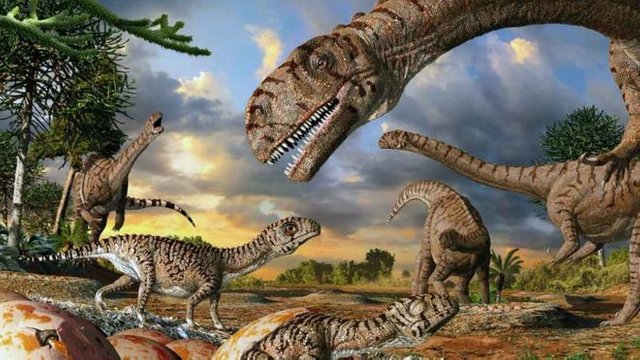
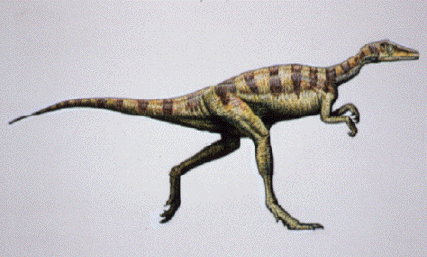
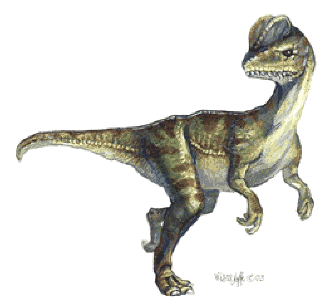
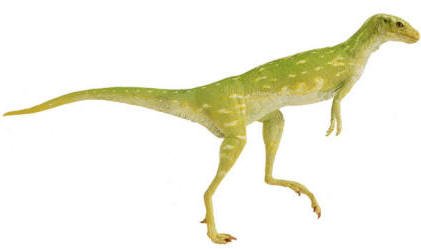
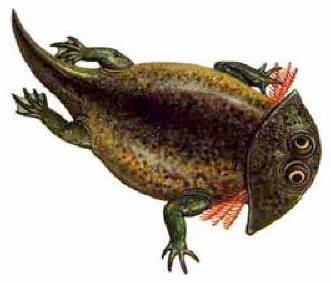
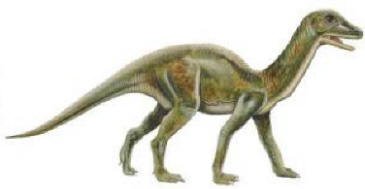

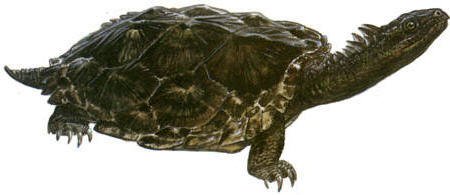

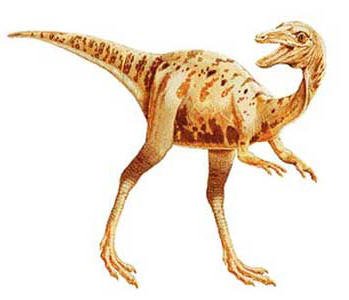
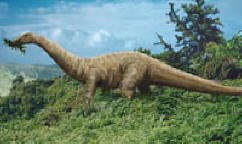
good work, really awesome!
Nice work, i hope you grow fast on steemit ;)
Very in depth, well done!
I really like how I change your work dear friend @ mars9 congratulations
wow! lot's of good information! upvoted and followed!